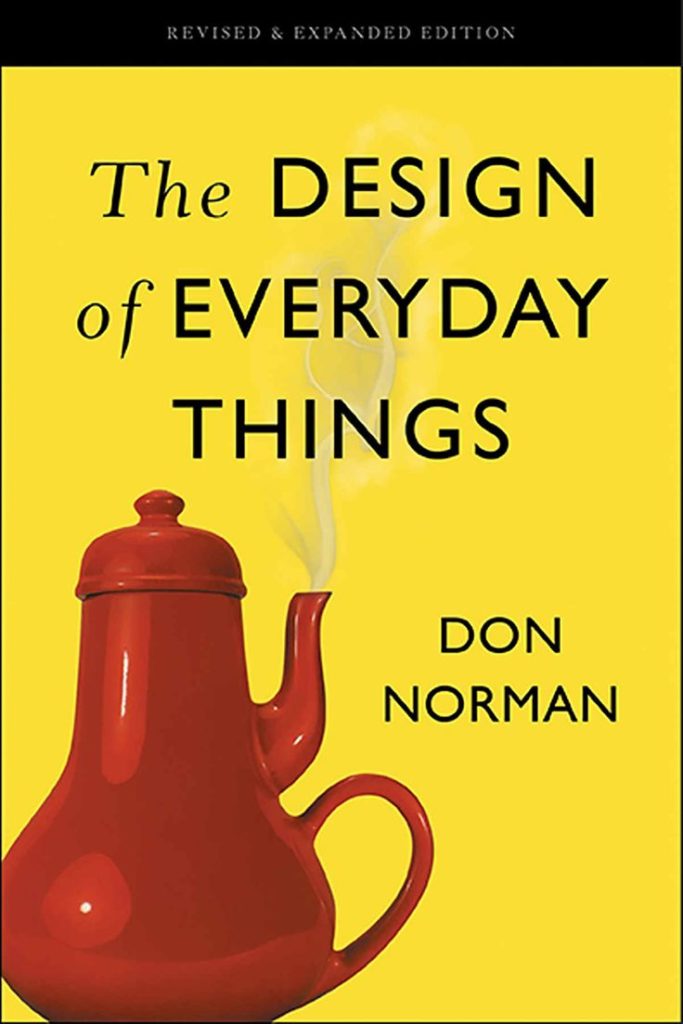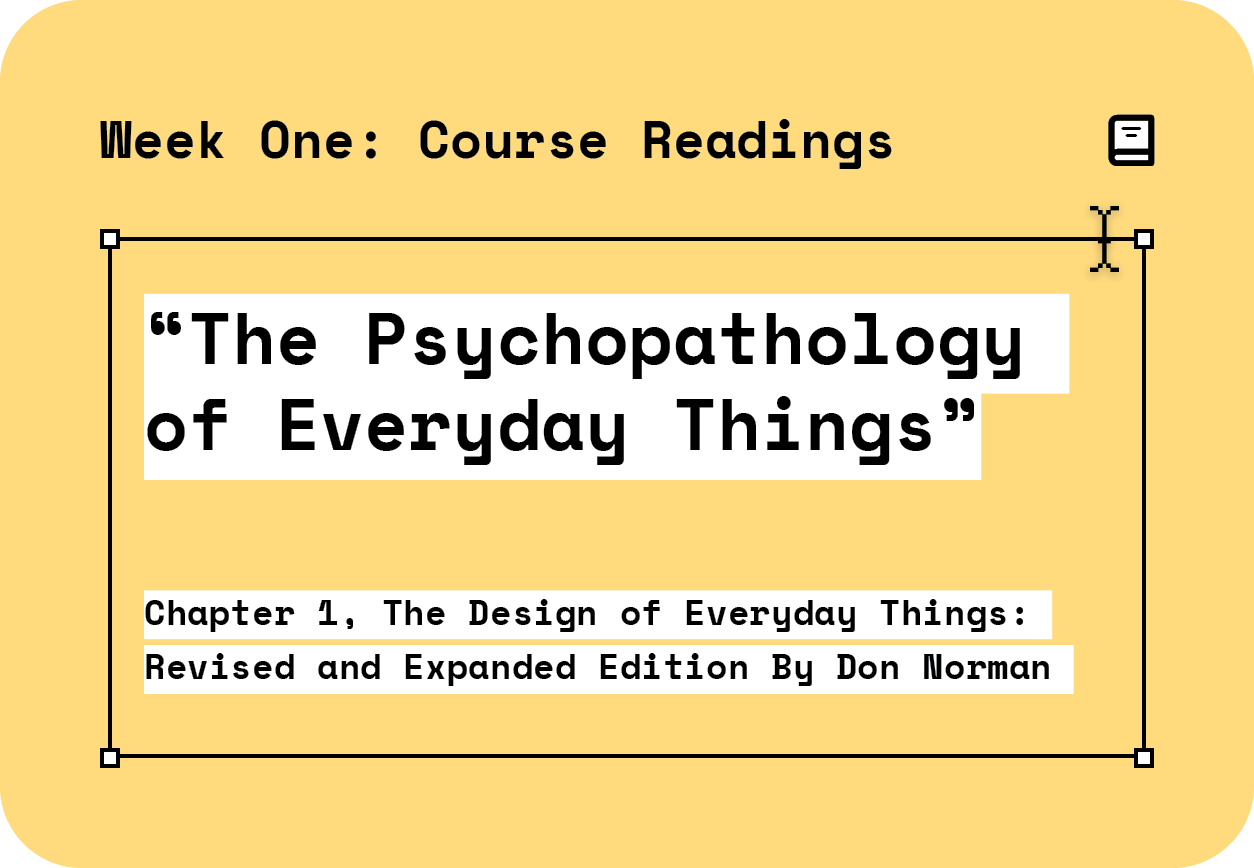This first chapter serves as a fantastic introduction to what the phrase “User Experience” actually means. The term gets thrown around a lot and is usually used as a broad catch all for the whole product design process. Getting a primer from the author who coined it is a great way to understand what it is supposed to mean.
As Don Norman explains in this updated revision of his original book, User Experience is a term that describes the interplay between technology and psychology. It is a discipline of knowledge that attempts to understand how we interface with objects, environments, and the world around us more broadly. It has particular relevance to the fields of Industrial Design (the focus on the design of physical objects), Interaction Design (the focus on how people interact with technology), and Experience Design (the wholistic design of experiences – i.e. products, processes, services, events, and environments).
By applying a Human-Centred Design (HCD) methodology – “an approach that puts human needs, capabilities, and behaviours first, then designs to accommodate those [requirements]”, these fields are able to design in a way that ensures their final products “match the needs and capabilities of the people for whom they are intended”. This is an important distinction for User Experience Design; unlike other fields of design (such as architecture which is often employs a top-down design approach), a human-centred design approach delineates one that starts with a “good understanding of the people and the needs the design is intended to meet”. It is a research based design philosophy that has more parallels to the ‘scientific method’ than other design methodologies.
Norman then goes on to describe the core principles of how we as humans actually perceive and interact with our environments (be they physical or digital). He outlines five fundamental psychological concepts that allow us to do this, these being Affordances, Signifiers, Constraints, Mappings, and Feedback.
Affordances – this is described as being the possible relationship that can exist between a user and a designed object. An affordance is the perceived uses a person has for a design. Since it describes a relationship between a design and a person the affordances available for one person might be different for another (i.e. affordances will be different for someone who is abled-bodied person vs. someone who is differently abled).
Signifiers – the visual cues that signal the possible uses for a design. A classic example Norman likes to use is talking about doors and the signifiers they display; he observes that some doors have signifiers that misleadingly suggest they can be pulled (i.e. they have handles) when actually they need to be push. Other types of signifiers that make designs understandable include things like the UI home bar on newer iPhones and physical bookmarks that indicates your progress though a book. It is important to understand that ‘Signifiers’ signify the type of relationship (‘Affordance’) that can be established with a design. All signifiers are affordances but not all affordances have signifiers that make them legible (i.e. a design mightn’t be simple to understand how to use).
Mapping – this term describes the correlated relationship between elements of two sets of things. Norman uses the example of the arrangement of light switches in a room, how these switches are ‘mapped’ helps us understand which lights correspond to which switches (for example, the top set of switches will be those lights closes to the switch). Mappings work best when they are based around a clear conceptual model, one that makes it easy to understand how the input (the action) correlates with the output, like moving a control up corresponds to a similar upward movement (an intended result)(this is called a natural mapping – one that draws on analogies to created immediate understanding – in this case spatial)
Feedback – the mode of communicating the result of an action. It is a haptic, acoustic, and/or visual response to indicate an expected outcome, it communicates that a connection has been made. Feedback is necessary for many aspects of human actions – from the grip feedback of picking up a glass to the sonic branding of a bank card transaction, it expresses
Conceptual Models – A conceptual model is the framework for understanding how something works and by extension, how we interface with it. We form conceptual models based on the signifiers, mappings, and feedback that inform how we understand and interface with a design.
It’s interesting how universally these psychological concepts that Norman describes relate to design. What’s fascinating is how an understanding of these core principles is becoming more and more necessary as technology gains an increasing presence in our everyday lives; it’s no longer possible to just design and expect the user to figure it out. With the pace of technological development, it’s completely conceivable that they won’t be able to if the product isn’t designed with these principles in mind. At the same time, as Norman states, “great designers produce pleasurable experiences”, and understanding how users understand our designs is this the best way to do that.

Chapter 6. Notes from Reading:
The Design of Everyday Things: Revised and Expanded Edition By Don Norman
